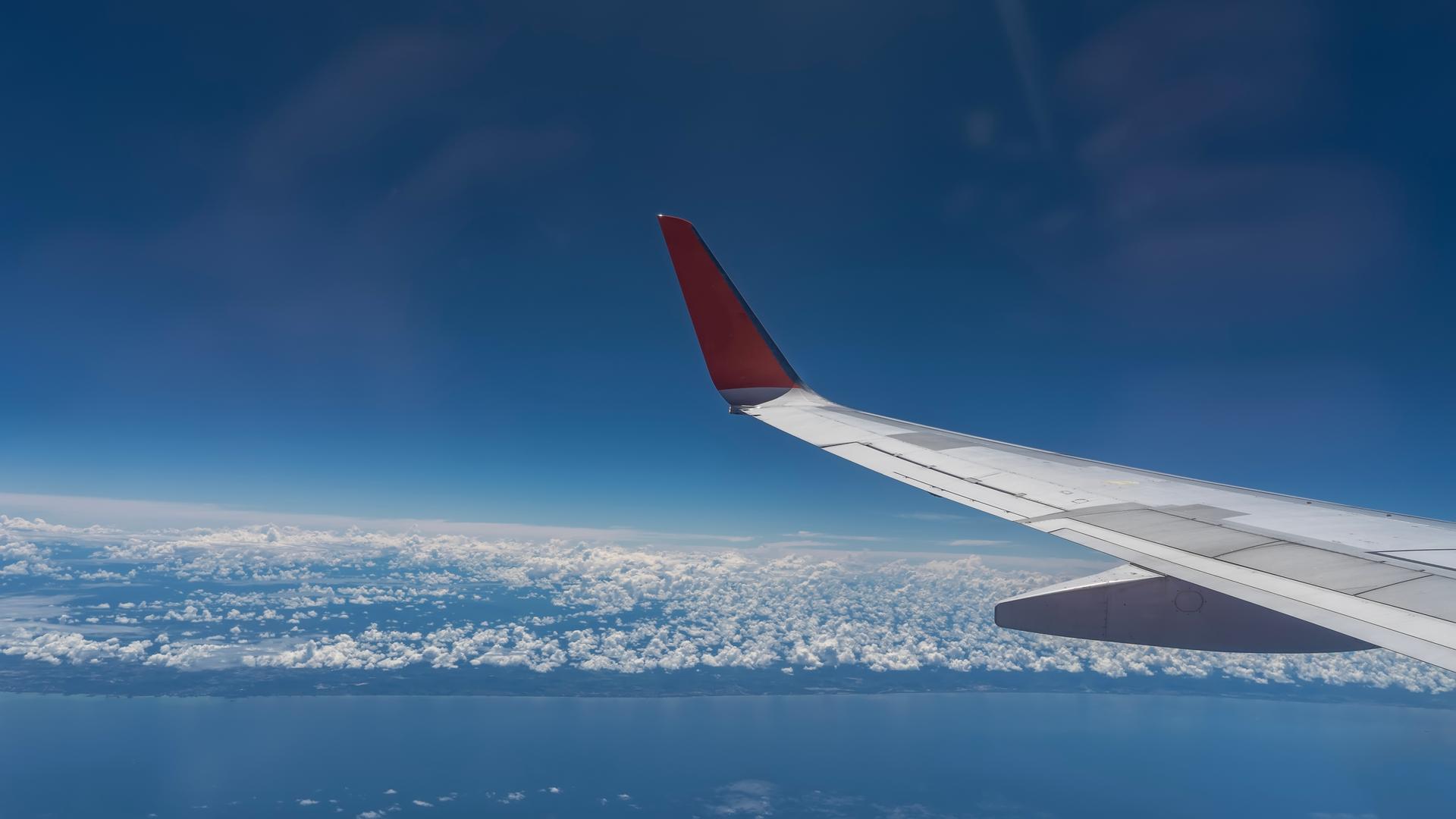
Flights to Sacheon (HIN)
Best Flight Deals from Malaysia 🇲🇾
Direct Airline to Sacheon
Top Hotels in Sacheon
Flights to Sacheon, South Korea
Sacheon is a scenic agricultural and industrial city of around 250,000 people near Suncheon Bay. It is located in the southeastern corner of Jeollanam-do, just over an hour south-east of Gwangju. Forty minutes south of Suncheon is the port city of Yeosu, and twenty minutes to the east of Suncheon is Gwangyang. It is currently experiencing strong development due to being included as part of the Gwangyang Bay Free Economic Zone, one of three newly created Free Economic Zones in South Korea due to open within the next decade. As of October 14, 2007, plans are being set up, and a referendum is being planned for a merging of the cities of Yeosu, Sacheon and Gwangyang into a new metropolitan city, taking advantage of the Gwangyang Bay Free Economic Zone, Yeosu's Expo 2012 bid and port facilities and Suncheon's educational institutes.
Airports in Sacheon
1. Sacheon Airport (HIN)
Sacheon Airport (HIN) is an airport in Sacheon, South Korea. It also serves the city of Jinju. The airport passenger service began in 1977 after years of delays. The airport has a small single-story terminal building for domestic flights within South Korea. In 2011, 143,483 passengers utilised the airport. Sacheon is a domestic airport with only two airlines serving to and from this airport. Direct flights are from Jeju and Seoul-Gimpo only, and the airlines are Asiana Airline and Korean Air. The airport is also the home of Korea Aerospace Industries, which manufactures military aircraft, and satellites. The T-50 trainers used by the Sacheon Air Base are manufactured by the company on the north side of the airport.
How to Get Cheap Flights to Sacheon?
Traveloka is a traveller flight ticket website where it eases the travellers to find the cheapest flights to Sacheon.All you have to do is to insert the information in the box that says origin and destination, and the website will list out the best result for you. You can sort the result with your preferences like the best price, the best service and many more. Now they have developed the application for this website where it's mean that you can access it through your mobile phone. Just put the information and click search after that choose which packages that offer you the best price.
When is the Best Time to Fly to Sacheon?
The busiest month for tourism in Sacheon, South Korea is in January, followed by May and April. Prices for hotels and flights will be most expensive during these months due to excess of tourists, though you can save if you purchase well in advance. If you want to pay in advance, you must make sure that you are available for that specific day because you may not get back your deposit. Tourists are unlikely to visit Sacheon in December. Those willing to visit at these times will likely find it the least expensive month. The perfect date to go to Sacheon is at 30 April to 1 July. This date is ideal for those who want to have perfect weather when travelling there.
The climate in Sacheon is cold and temperate. Average temperatures in Suncheon vary drastically. Considering humidity, temperatures feel cold for about half of the year and otherwise nice with a fair chance of precipitation about half of the year. If dry weather is what you are after, the months with the lowest chance of significant precipitation in Suncheon are January, October, and then February. Suncheon has some very humid months, with other moderately humid months on the other side of the year. The least humid month is March, and the most humid month is July. Wind in Suncheon is usually extremely calm. The windiest month is March, followed by April and January.
In Sacheon, there is a festival that is held annually. It is Sacheong Medicinal Herb Festival. This festival takes place at Donguibogam Village. This festival celebrates the herbs of Jirisan Mountain, which are commonly known to have great medicinal properties, making this the perfect event for visitors eager to improve their health through natural remedies. At this festival, visitors will be exposed to a wide variety of Korea’s medicinal herbs and medical traditions. Along with many other exciting events, visitors will even be able to sample traditional Oriental medicinal food made from herbs. Visitors can take home their favourite herb or remedy at a low cost with some herbs able to grow at home.
What are the Top 3 Things to Do in Sacheon?
1. Songgwang Temple - It is one of the Three Jewel Temples of Korea and a popular place for Jinul. The temple is located in Sinpyeong-ri, Songgwang-myeon. It is one of the Sambosachal along with Haein temple of Habcheon and Tongdo Temple of Yangsan. Jinul strived here to renew the tradition of Buddhism 800 years ago. The temple bore 16 state monks in the past. Today, the temple is home for monks from overseas and is a place to study the Buddhist culture of Korea. The temple was first built at the end of Silla Kingdom and named Gilsang Temple. It was then renamed in the Goryeo dynasty under the reign of Myeongjong, to Songgwang Temple.
2. Nagan Castle – It is the only remaining Joseon dynasty castle in Jeollanamdo. It finely has the old images of Joseon folk village and castle, with about 100 houses and government offices. Nowadays, there still are 85 households and 229 people living there. It has the biggest feature that it was built on the plain fields and had the narrow stone walls around the castle.
3. Cheonjaam, Ssanghyangsu - It belongs to the Chinese juniper family, and is technically named Juniperus Chinensi Limme. The height is 12.5 meter, and the circumference is98 meters. The tree is about 700 years old. According to the legend, the cane used by a Buddhist on his way back from China had grown into the tree. The tree is uniquely twisted form.
Sacheon is a scenic agricultural and industrial city of around 250,000 people near Suncheon Bay. It is located in the southeastern corner of Jeollanam-do, just over an hour south-east of Gwangju. Forty minutes south of Suncheon is the port city of Yeosu, and twenty minutes to the east of Suncheon is Gwangyang. It is currently experiencing strong development due to being included as part of the Gwangyang Bay Free Economic Zone, one of three newly created Free Economic Zones in South Korea due to open within the next decade. As of October 14, 2007, plans are being set up, and a referendum is being planned for a merging of the cities of Yeosu, Sacheon and Gwangyang into a new metropolitan city, taking advantage of the Gwangyang Bay Free Economic Zone, Yeosu's Expo 2012 bid and port facilities and Suncheon's educational institutes.
Airports in Sacheon
1. Sacheon Airport (HIN)
Sacheon Airport (HIN) is an airport in Sacheon, South Korea. It also serves the city of Jinju. The airport passenger service began in 1977 after years of delays. The airport has a small single-story terminal building for domestic flights within South Korea. In 2011, 143,483 passengers utilised the airport. Sacheon is a domestic airport with only two airlines serving to and from this airport. Direct flights are from Jeju and Seoul-Gimpo only, and the airlines are Asiana Airline and Korean Air. The airport is also the home of Korea Aerospace Industries, which manufactures military aircraft, and satellites. The T-50 trainers used by the Sacheon Air Base are manufactured by the company on the north side of the airport.
How to Get Cheap Flights to Sacheon?
Traveloka is a traveller flight ticket website where it eases the travellers to find the cheapest flights to Sacheon.All you have to do is to insert the information in the box that says origin and destination, and the website will list out the best result for you. You can sort the result with your preferences like the best price, the best service and many more. Now they have developed the application for this website where it's mean that you can access it through your mobile phone. Just put the information and click search after that choose which packages that offer you the best price.
When is the Best Time to Fly to Sacheon?
The busiest month for tourism in Sacheon, South Korea is in January, followed by May and April. Prices for hotels and flights will be most expensive during these months due to excess of tourists, though you can save if you purchase well in advance. If you want to pay in advance, you must make sure that you are available for that specific day because you may not get back your deposit. Tourists are unlikely to visit Sacheon in December. Those willing to visit at these times will likely find it the least expensive month. The perfect date to go to Sacheon is at 30 April to 1 July. This date is ideal for those who want to have perfect weather when travelling there.
The climate in Sacheon is cold and temperate. Average temperatures in Suncheon vary drastically. Considering humidity, temperatures feel cold for about half of the year and otherwise nice with a fair chance of precipitation about half of the year. If dry weather is what you are after, the months with the lowest chance of significant precipitation in Suncheon are January, October, and then February. Suncheon has some very humid months, with other moderately humid months on the other side of the year. The least humid month is March, and the most humid month is July. Wind in Suncheon is usually extremely calm. The windiest month is March, followed by April and January.
In Sacheon, there is a festival that is held annually. It is Sacheong Medicinal Herb Festival. This festival takes place at Donguibogam Village. This festival celebrates the herbs of Jirisan Mountain, which are commonly known to have great medicinal properties, making this the perfect event for visitors eager to improve their health through natural remedies. At this festival, visitors will be exposed to a wide variety of Korea’s medicinal herbs and medical traditions. Along with many other exciting events, visitors will even be able to sample traditional Oriental medicinal food made from herbs. Visitors can take home their favourite herb or remedy at a low cost with some herbs able to grow at home.
What are the Top 3 Things to Do in Sacheon?
1. Songgwang Temple - It is one of the Three Jewel Temples of Korea and a popular place for Jinul. The temple is located in Sinpyeong-ri, Songgwang-myeon. It is one of the Sambosachal along with Haein temple of Habcheon and Tongdo Temple of Yangsan. Jinul strived here to renew the tradition of Buddhism 800 years ago. The temple bore 16 state monks in the past. Today, the temple is home for monks from overseas and is a place to study the Buddhist culture of Korea. The temple was first built at the end of Silla Kingdom and named Gilsang Temple. It was then renamed in the Goryeo dynasty under the reign of Myeongjong, to Songgwang Temple.
2. Nagan Castle – It is the only remaining Joseon dynasty castle in Jeollanamdo. It finely has the old images of Joseon folk village and castle, with about 100 houses and government offices. Nowadays, there still are 85 households and 229 people living there. It has the biggest feature that it was built on the plain fields and had the narrow stone walls around the castle.
3. Cheonjaam, Ssanghyangsu - It belongs to the Chinese juniper family, and is technically named Juniperus Chinensi Limme. The height is 12.5 meter, and the circumference is98 meters. The tree is about 700 years old. According to the legend, the cane used by a Buddhist on his way back from China had grown into the tree. The tree is uniquely twisted form.

Airline Partners
Top Packages Destination
For all your unique travel choices, we got you
Popular Routes from Sacheon Airport
Popular Routes to Sacheon
Popular Destinations
Popular Routes
Popular Airlines
Popular Airline & Destination
Popular Airports


















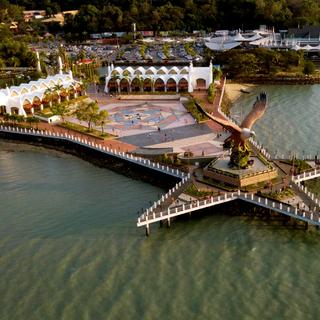
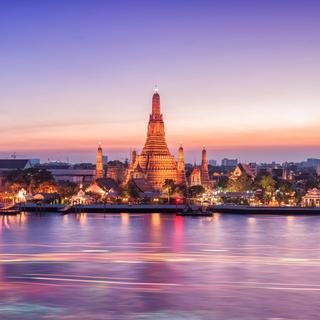
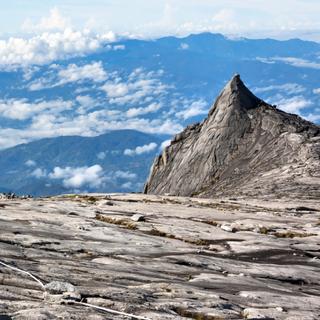
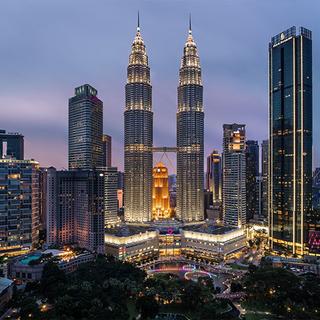








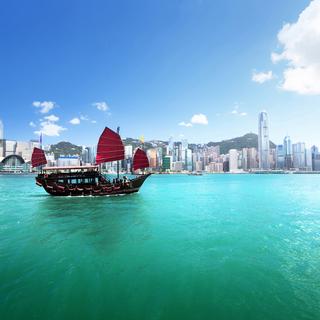
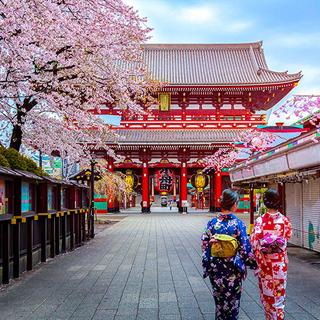











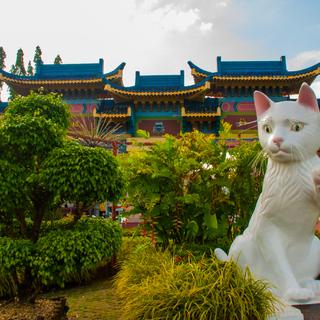




























 Facebook
Facebook Instagram
Instagram TikTok
TikTok Youtube
Youtube Twitter
Twitter Telegram
Telegram
